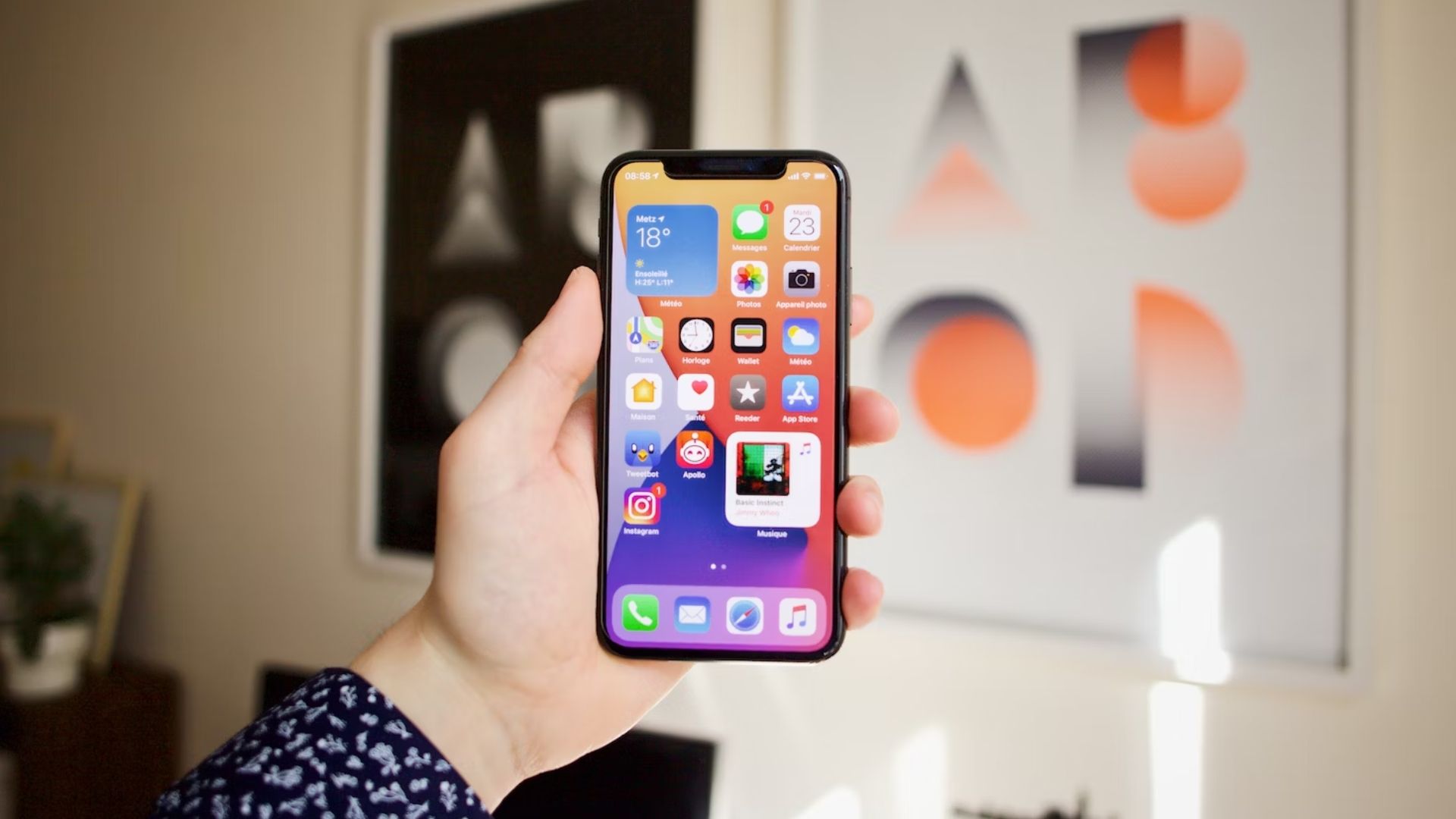A new version of iOS is a big deal. For some, it brings a host of interesting new features and updates to keep their ageing iPhones interesting and relevant. For others, it’s all about the security and privacy reinforcements that continue to keep their data secure. For those using significantly older iPhones, a new version of iOS also signals the end of the road for their smartphones – this year, that’s the case for the iPhone 8, iPhone 8 Plus and iPhone X. For everyone else using the newer iPhones, the iOS 17 update is a gamechanger.
Think about it. Every successive version of iOS over the last 17 years has brought in a host of exciting updates. Though, interestingly, Apple’s famed ‘walled garden’ approach to a smartphone ecosystem was tighter in the initial years, limiting a lot of features that Android smartphones of the time used to offer. Fun fact, the first iPhone didn’t even let you download any third-party apps! It took Apple all these years to slowly and steadily open up iOS to new features and customisation options.
Wait, did we just make you nostalgic? That’s alright! As it turns out, we are just about to take a trip down memory. So join us as we look into the history of iOS, trace all of its versions in order of chronology and figure out how they changed the iPhone as we know it today.
Looking at all of Apple’s iOS versions in order of chronology
Jump To / Table of Contents
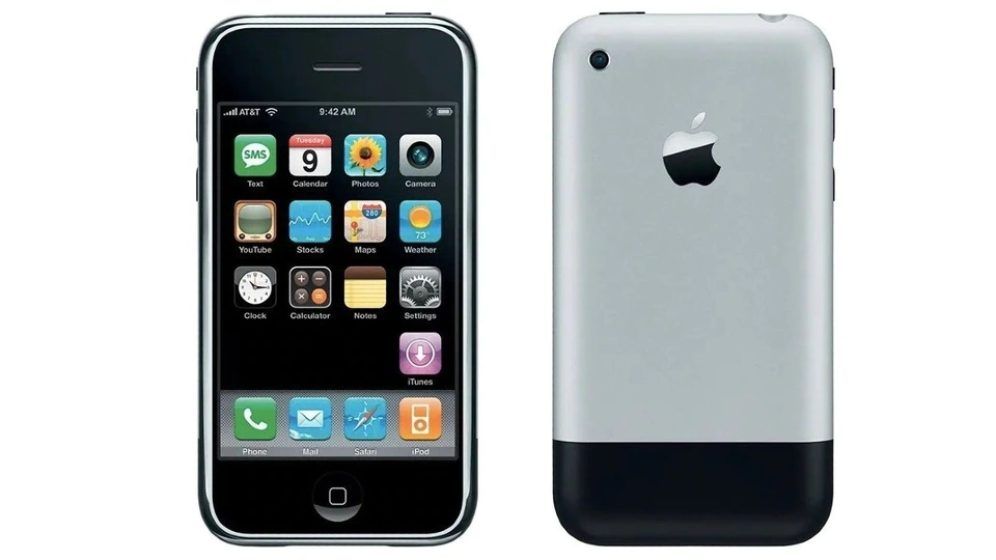
When Steve Jobs first took to the stage in 2007 and impressed everyone with the first-generation iPhone, the software it came preloaded with was called iPhone OS. A direct comparison with iOS 17 will make iPhone OS 1 look like a spartan cave but for its time, it was cutting edge technology. It brought revolutionary features like multi-touch, visual voicemail, iTunes integration and a Safari browser that could load desktop websites. However, it lacked the App Store, the ability to download third-party apps and some basic features we now take for granted, including the ability to copy and paste text.
The iPhone OS was released on the first iPhone and later came to the iPod Touch.
(Image Credits: Courtesy Apple)
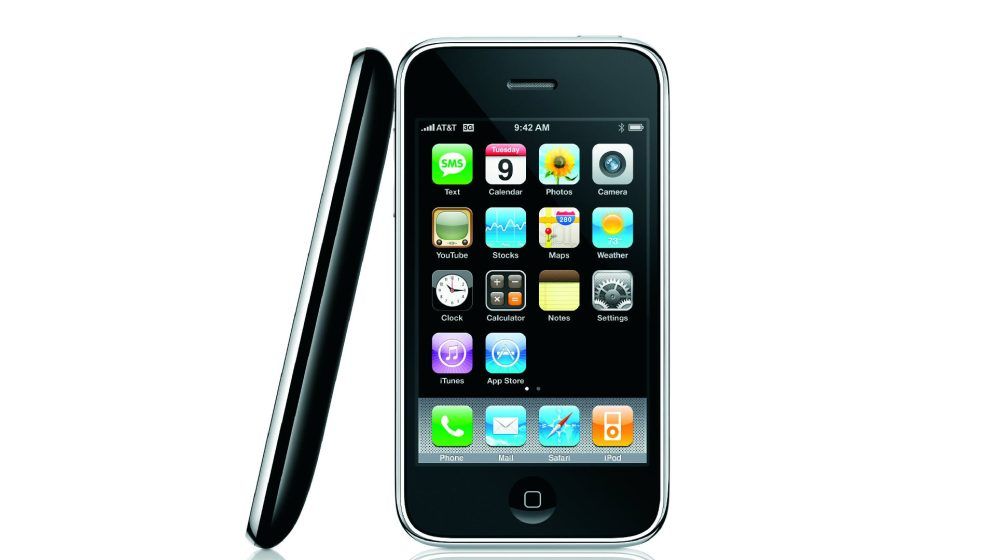
The next update to the iPhone OS came when Apple dropped the iPhone 3G. While it seemed like a minor update on the surface, it came with a game-changing feature that would end up defining how we used our smartphones in the future – the App Store.
The App Store was the portal to immersing yourself in the full-fledged smartphone experience, offering users the ability to download as many as 500 apps at launch. This changed the user experience drastically, allowing publishers to develop their own apps and games for the iPhone in the way they intended to. They distributed them via the App Store, a practice that holds true to this day. Other than hundreds of refinements and updates to Apple apps, the iPhone OS 2.0 update also improved the Apple Maps experience by featuring transit and walking directions.
(Image Credits: Courtesy Apple)
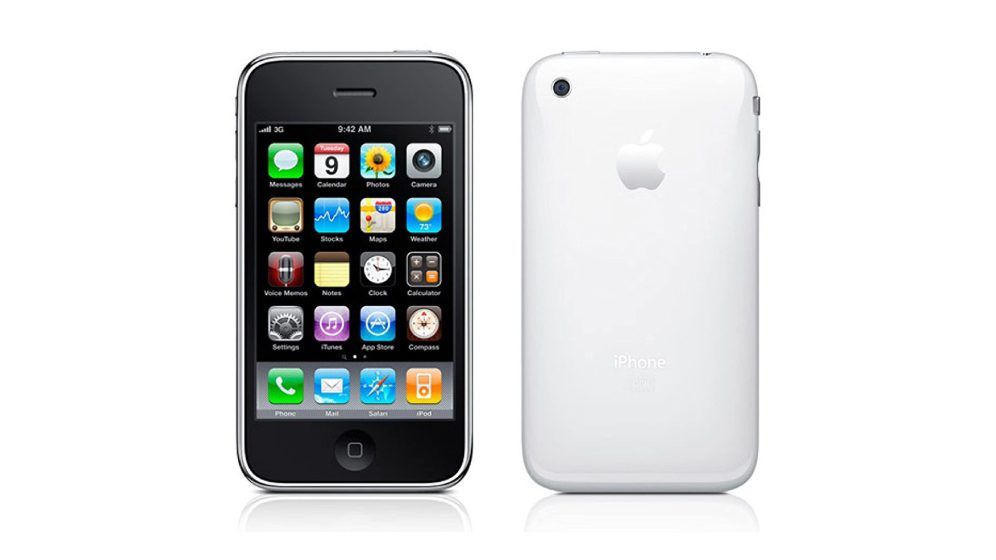
2009 saw the iPhone 3GS break cover and it brought with it the revolutionary feature of video recording with iPhone OS 3. The iPhone OS 3 update allowed the Camera app to do videography alongside photography. This version also introduced features such as the ability to copy and paste text (finally), support for MMS in the Messages app and Spotlight search. iPhone OS 3 was also scaled up to fit the larger display of the first-generation iPad, thereby magnifying the iPhone experience.
(Image Credits: Courtesy Apple)
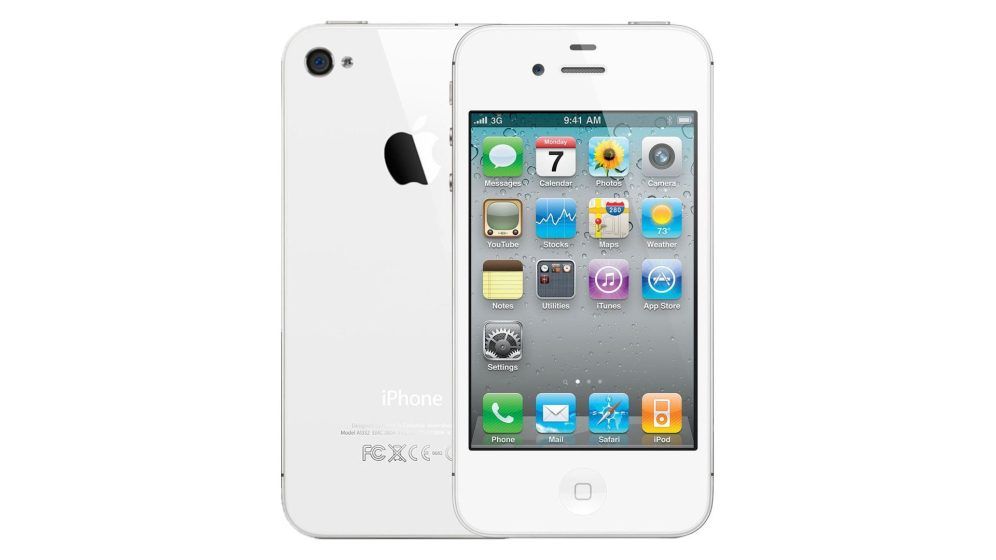
Apple officially introduced the ‘iOS’ moniker in 2010 and brought along a host of new features that defined the iPhone experience and raised the walls of its garden even higher.
iOS 4 took the first major step towards a truly smart OS by allowing multitasking. Users would now be able to juggle between multiple apps and get work done easily. It also introduced features such as AirPlay, AirPrint and iBooks. Personal Hotspot was another new addition that allowed you to temporarily use your iPhone to share your data connectivity with nearby devices over Wi-Fi. On the iPhone 4, users were also able to utilise the front camera for taking FaceTime video calls.
Sadly, iOS 4 dropped support for the 2007 iPhone and the 1st Gen iPod Touch, thereby marking an early end to the life of Apple’s first smartphone.
(Image Credits: Courtesy Apple)
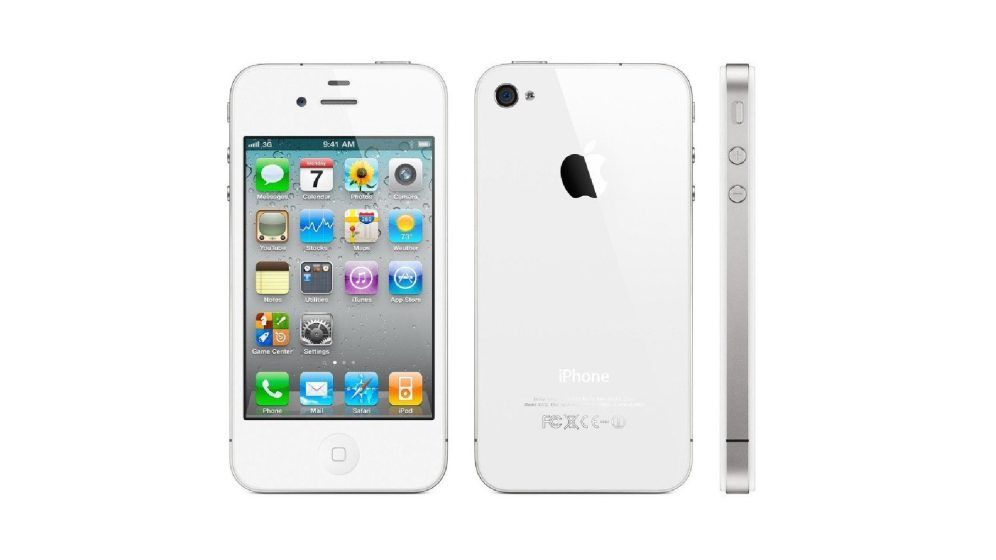
With iOS 5, Apple wanted to outdo Google’s new Android OS with cloud-based computing. As a result, the iCloud service was introduced to iPhone users. New iPhone users were now also able to activate their devices wirelessly. The popular iMessage service was also introduced to allow iPhone users to communicate with each other without relying on dated SMS and MMS technologies. iOS 5 also got a new Notification Center that summed up all the app and device notifications in one place.
(Image Credits: Courtesy Apple)
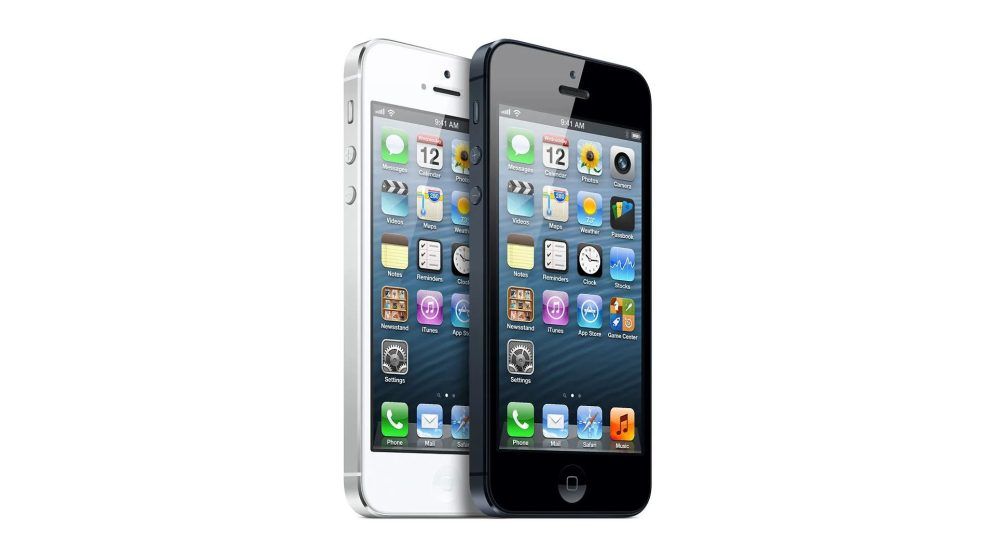
After first popping up on the iPhone 4S, iOS 6 introduced the voice assistant Siri to the iPhone 5.
Siri could perform some of the basic phone functions for you. At the time, it seemed revolutionary considering that a simple voice command could make your phone turn on the flashlight, set an alarm or even search for something on the web. Similarly, Apple Maps was introduced as a feature to replace Google Maps but the results were disastrous, and that’s putting it mildly. The buggy experience led to Apple CEO Tim Cook firing Scott Forstall, the head of iOS development. Additionally, iOS 6 also introduced ‘Do Not Disturb’ as a new feature.
(Image Credits: Courtesy Apple)

iOS 7 was a turning point in iPhone’s history, showing that Apple was finally taking its competition seriously.
The biggest change with iOS 7 was an overhauled UI. A new minimalist look with flat icons and thinner fonts made iOS 7 look light and impressive on the iPhone’s compact display. The Control Center came into existence as a new way to control the iPhone’s core functionalities. However, Jony Ive’s UI design wasn’t initially received well and several users complained of Apple changing too many things for the sake of novelty.
As part of the features, iOS 7 introduced Activation Lock to enhance the security of devices via iCloud. Apple also introduced AirDrop, CarPlay and TouchID with this version of iOS.
Note: TouchID was only available on the iPhone 5s in 2013.
(Image Credits: Courtesy Apple)
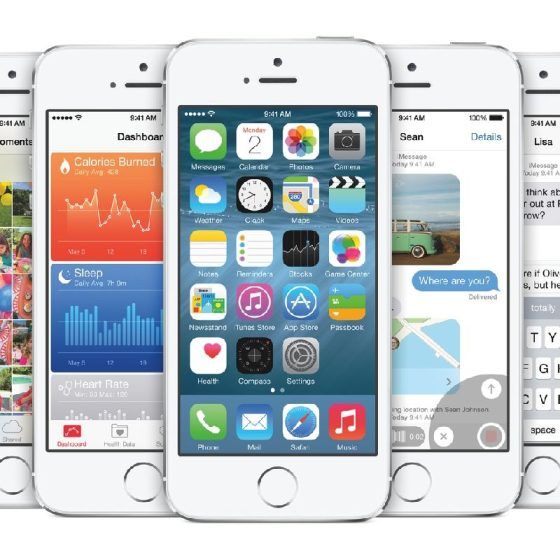
iOS 8 earned brownie points from iPhone users for providing a consistent and stable user experience. While the UI didn’t change drastically, Apple improved the iCloud experience by adding iCloud Drive, iCloud Photos and iCloud Music Library. New features like Handoff and Family Sharing were also introduced to iPhone users. The ability to use third-party keyboards was added and the HomeKit tool was introduced to enable an ecosystem of smart home devices compatible with Apple’s own ecosystem.
iOS 8 also introduced us to the Apple Music subscription service as well as the Apple Pay contactless payment system. The UI was also able to adapt to the bigger display sizes on the iPhone 6 and iPhone 6 Plus.
(Image Credits: Courtesy Apple)
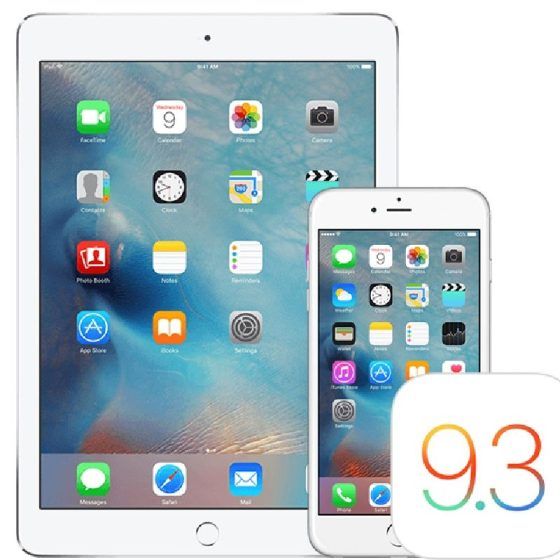
If iOS 8 made iPhone users happy about Apple not going for drastic overhauls, iOS 9 can be considered as one of the few software updates from Apple that did not offer any new features just for the sake of it.
Instead, iOS 9 improved on performance optimisation, responsiveness and system stability, making it an instant hit among iPhone users. iOS 9 also introduced minor updates to Apple Maps and other services. The Night Shift feature was also introduced to help reduce straining of the eyes in low-light environments. A new Low Power Mode was introduced to improve battery life (when needed) by disabling certain smart features. Apple also introduced the idea of a public beta program for new iOS versions in iOS 9.
(Image Credits: Courtesy Apple)

iOS 10 was the beginning of Apple slowly opening up its walled garden to drastically improve the user experience.
One of the biggest changes introduced in this version was the ability to let apps talk to each other and do certain tasks faster than before. iMessage also got a notable upgrade in the form of iMessage apps. Users sending a text via iMessage were now able to use specific in-built apps to send GIFs, stickers, money through Apple Pay, Memojis, Digital Touch, Apple Music links and a lot more. Users could also download other similar apps for iMessage from the App Store. They could even send reactions to messages and make their own texts lively with fun animations.
Siri was now open to third-party app developers and ready to be integrated to improve the user experience. Apple also provided the option to delete some of the pre-loaded system apps from the iPhone in a bid to de-bloat the iOS UI. Lastly, the ‘Slide to Unlock’ mechanism was removed in favour of pressing the Home button to unlock.
(Image Credits: Courtesy Apple)
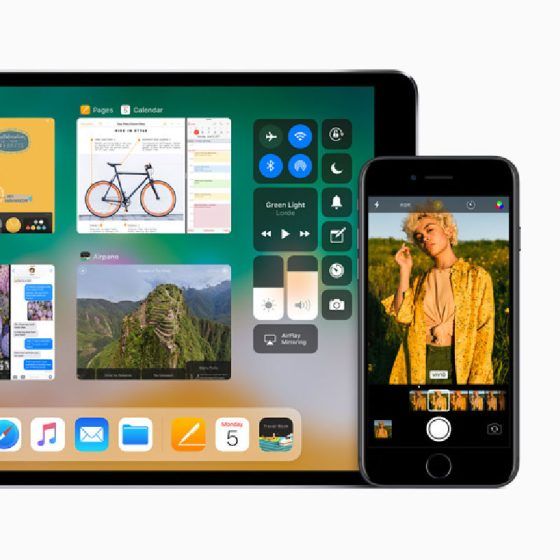
With iOS 11, Apple made the iOS interface a lot more similar to Android.
The Notification Center was now integrated with the lock screen, letting users check their notifications on the go. Similarly, the Control Center and App Store were redesigned while Siri was updated to translate languages and help with suggestions by completely relying on on-device processing. The Camera app introduced new filters and Live Photo effects.
However, it was Augmented Reality that was the star of the show, letting iPhone users use their cameras to place virtual objects against the backdrop of the real world. The iPad also received several multitasking features with this iOS version, including split-screen apps, the ability to drag-and-drop files and media and a macOS-like app dock.
(Image Credits: Courtesy Apple)
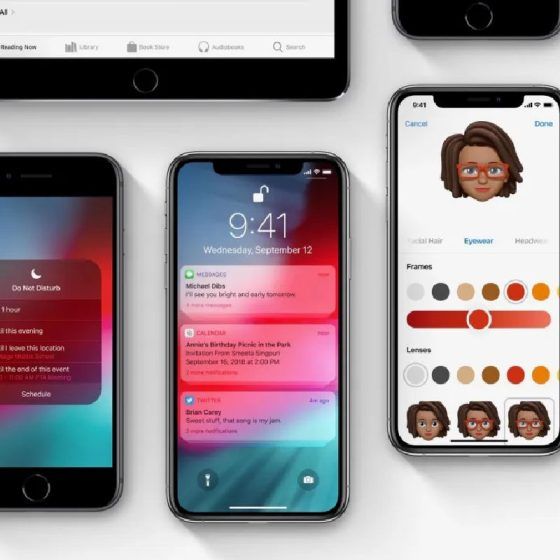
iOS 12 was another one of those version releases that changed little on the surface but focused on crucial updates underneath.
When released, the iOS 12 update was found to be more stable and faster than before and pleasantly, it did not drop support for any of the devices running on iOS 11. Grouped Notifications was borrowed from Android devices and improved the notification presentation by a mile. The Siri Shortcuts allowed for customised functions to be assigned to certain shortcuts on the home screen. Screen Time was introduced as a means to keep an eye on your device usage habits. The ARKit 2 allowed more app developers to make use of augmented reality features in their apps. Lastly, iOS 12 also brought Memoji as a means to express yourself via customised cartoon avatars of yourself.
(Image Credits: Courtesy Apple)
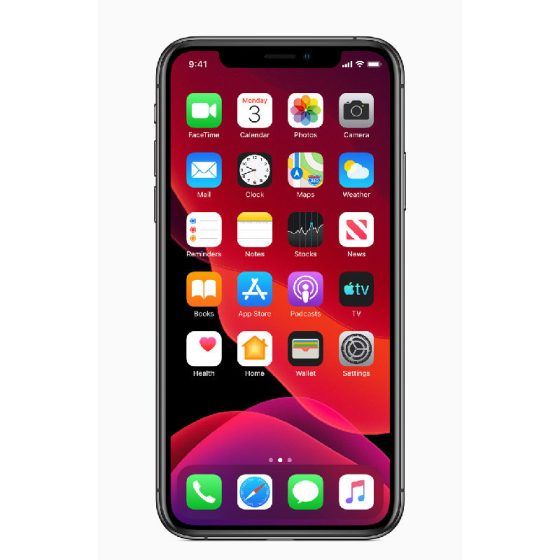
iOS 13 was another notable step in the evolution of iOS. The biggest change came in the form of iOS not being supported on the iPad anymore. Instead, the iPad got its own iPadOS with its separate set of features and changes. iOS 13, on the other hand, focused on fine-tuning the iPhone experience. A new system-wide dark mode was implemented to help with night-time browsing sessions. Apple also added a couple of enhanced privacy and security features with this update. Most of the Apple apps were refined and Apple Maps got a new street view for select cities. Siri’s voice was also improved with iOS 13.
(Image Credits: Courtesy Apple)
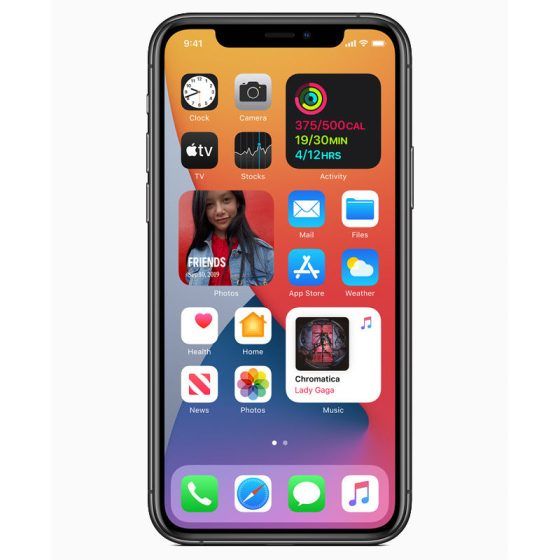
The iOS 14 update marked a big change in customisation on the iPhone.
Taking a leaf out of Google’s rule book, iOS 14 allowed users to add app widgets on the home screen. Users were able to either fix one widget permanently in one spot or create stacks of widgets in a spot by swiping up or down. The App Library was Apple’s way of mimicking Android’s app menu, arranging all apps automatically based on their categories. iOS 14 also brought features such as Picture in Picture, App Clips, refined designs for FaceTime and audio calls, improvements for AirPods and more. Apple also introduced the ability to block online tracking of web activity and allowed users to set default apps for email and web browsing.
(Image Credits: Courtesy Apple)

iOS 15 was focused more on privacy and security rather than customisation.
Users were now able to summarise their notifications and deliver them at a scheduled time. Focus modes had to play a key role here, offering various profiles based on various locations and times of the day. Visual search was also added to the Photos app and users were now able to extract text from images. SharePlay was introduced as a way to watch movies or do presentations together with other iPhone users, a crucial feature in the year of COVID-19-induced lockdowns. Apple also took the controversial step of blocking ad tracking from various apps.
(Image Credits: Courtesy Apple)
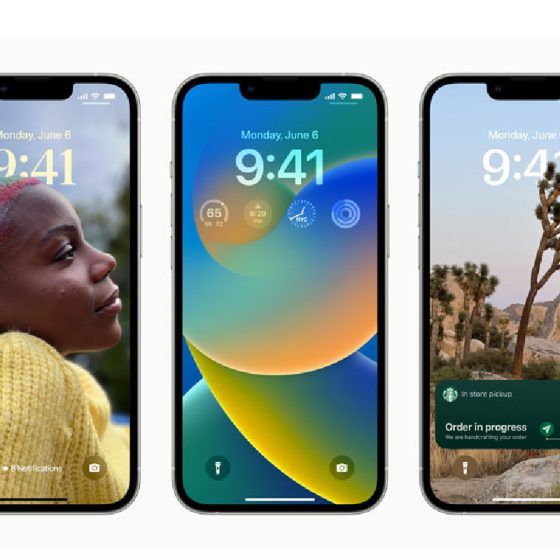
After iOS 14’s major focus on home screen customisation, iOS 16 brought granular customisation features to the iPhone’s lock screen. Users were now able to customise the clock widget font, add depth effects with portrait wallpaper, add small widgets and even choose live wallpapers. These customisable lock screens could also be linked to Focus modes to prevent any kind of distractions. The update also improved the Live Text feature that allowed text to be copied from images and videos. It also added the ability to copy subjects from any image and paste them while using Messages, Mail and other third-party apps. The Apple Maps interface was refreshed along with new looks and several of Apple’s other apps were given a fresh makeover.
(Image Credits: Courtesy Apple)
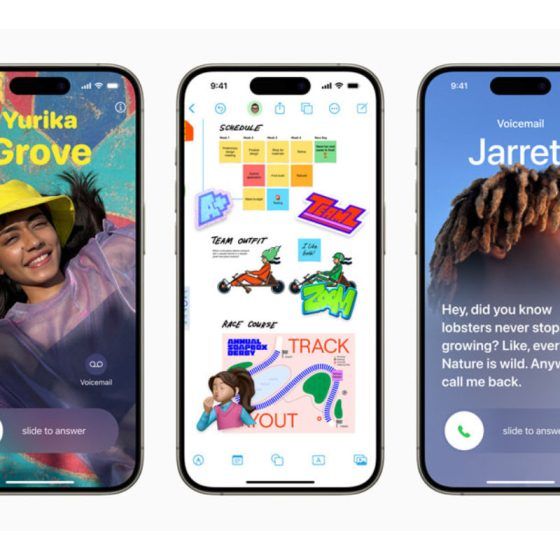
iOS 17 sums up almost 17 years of Apple’s software development for the iPhone. It is still vastly different from Google’s Android but iOS 17 has a few tricks up its sleeve to keep iPhone users happy.
Some of the key features as part of the iOS 17 upgrade pack include customisable contact cards that can be shared via NameDrop (uses the NFC sensor and AirDrop to quickly transfer contact details), Standby mode, a new Journal app, the ability to create custom sticker packs from your images, new features for iMessage, FaceTime voicemail, interactive home screen widgets, Adaptive audio for AirPods, and offline Apple Maps.
(Image Credits: Courtesy Apple)
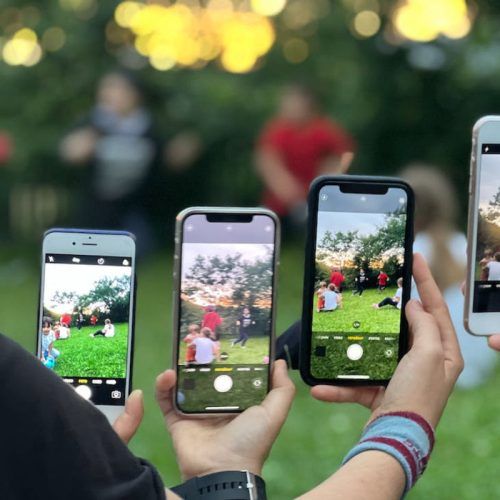
All iPhones In Order Of Release: A Timeline Of Apple’s Bestselling Product

Frequently Asked Questions (FAQs)
– Which is the latest iOS version?
The latest version of Apple’s iOS is iOS 17, announced at WWDC 2023.
– When was iOS 12 released?
iOS 12 was released in 2018 alongside the launch of the iPhone Xs series and iPhone XR.
– When was the iPhone OS 1 released?
The iPhone OS 1 came pre-installed on the 2007 iPhone first generation and got subsequent software updates.
(Hero and Featured Image Credits: Courtesy David Grandmougin via Unsplash)
Amritanshu Mukherjee


